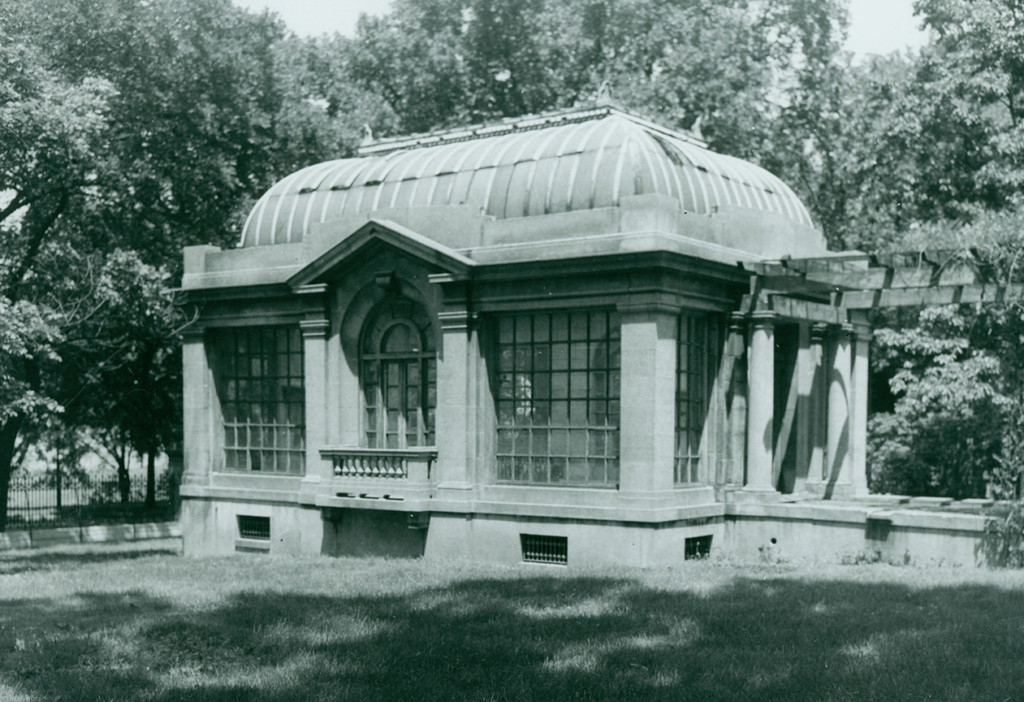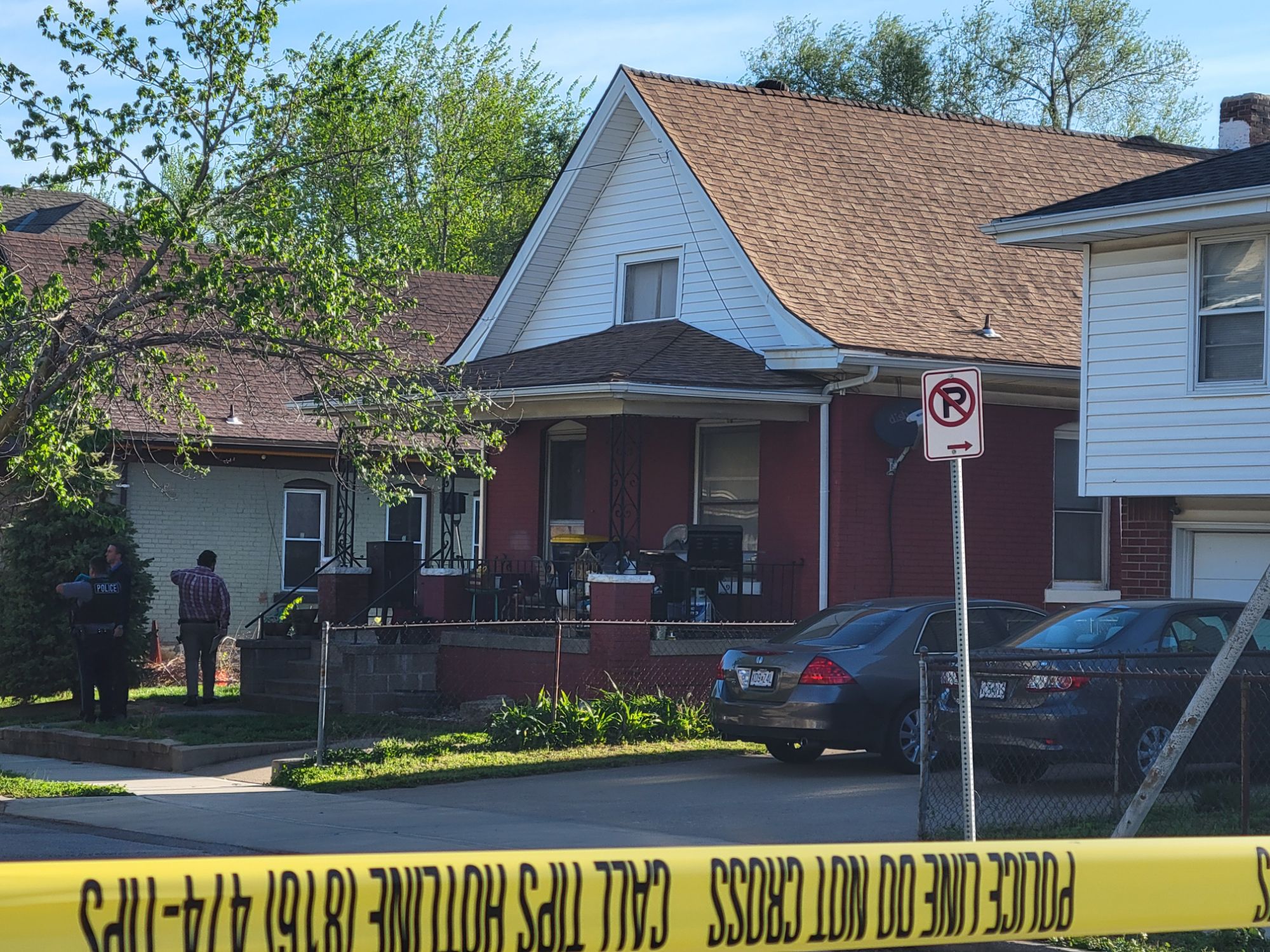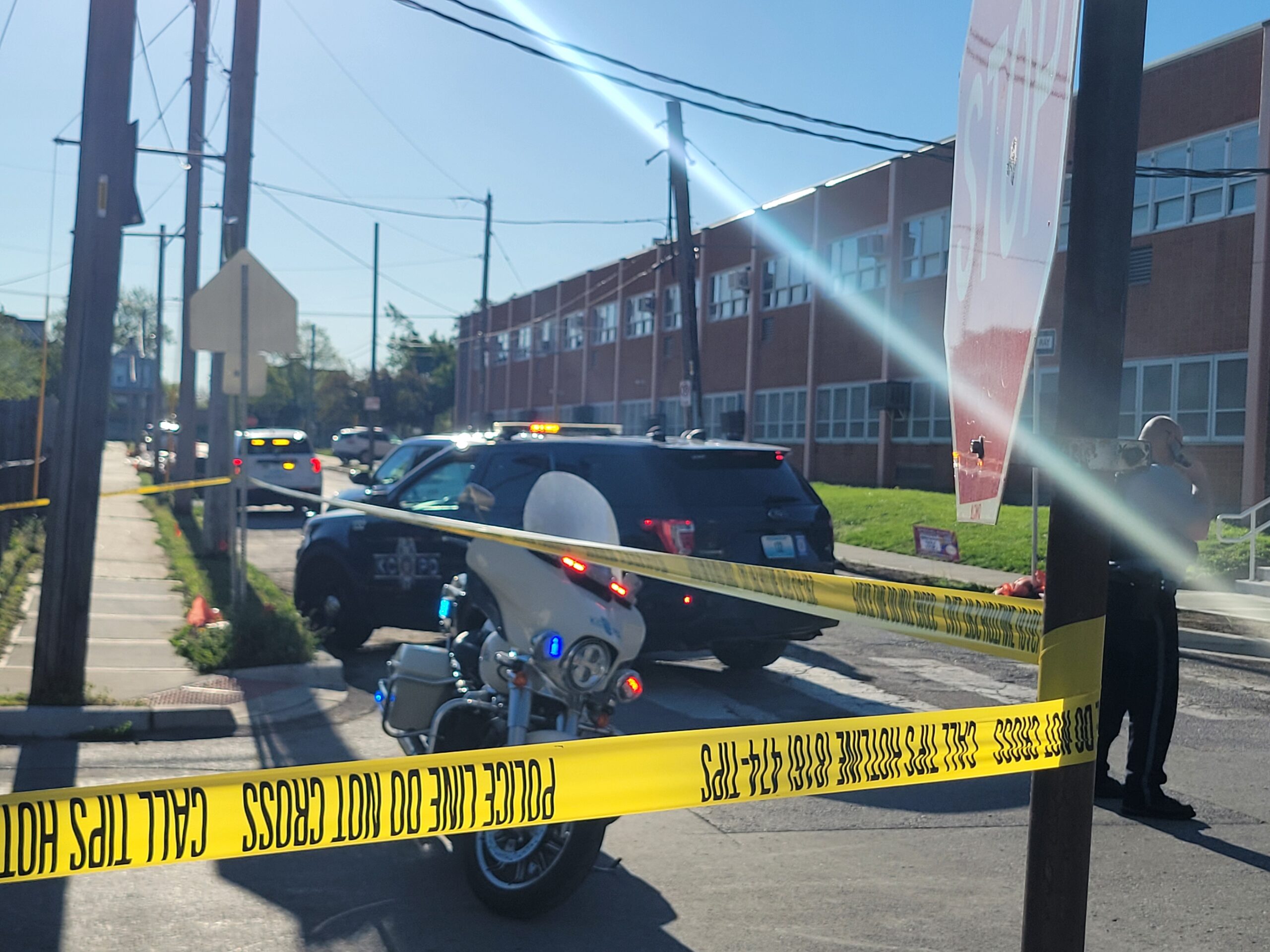
A New Conservatory for the Cultivation, Presentation, and Preservation of Our Stories
Sponsored Content
In honor of Women’s History Month, the Kansas City Museum, 3218 Gladstone Blvd., announced that it is working with International Architects Atelier and artist Summer Wheat to transform the Beaux-Arts Conservatory on the property into a light-filled sacred space entitled JewelHouse. The museum is in the early stages of design, with JewelHouse slated to open in 2024.
The Conservatory was completed in 1910 as part of the R.A. Long estate, and it was used to store summer plants during the winter. The Conservatory sits directly across from what was the Greenhouse (removed in the 1950s). Since becoming a public museum in 1940, the Conservatory has been used by the Kansas City Museum as a teahouse and primarily as a planetarium for over 40 years.
To create JewelHouse, the building’s exterior limestone will be restored, and the interior will be renovated. The perimeter windows and the original roof made of copper and glass will be recreated. Artist Summer Wheat will produce artworks of stained glass, metal, and mosaic for the exterior and interior of the building to make a contemplative sanctuary centering on the often untold, evolving stories of women and girls—past, present, and future. Visitors will discover the inner jewels (inner light) of their personal stories and the vastness of identity, memory, and perspective.
JewelHouse will be used for inclusive history- and humanities-based programs, performances, and events. This will be a new type of conservatory where stories and relationships will be collected, grown, shared, fortified, and protected. JewelHouse is presented by the Kansas City Museum in collaboration with the Kemper Museum of Contemporary Art.
Summer Wheat’s exhibition Blood, Sweat, and Tears—including vibrantly colored paintings depicting a community of heroic females doing the “heavy lifting and running things”—was featured at the Kemper Museum of Contemporary Art in 2019. Thereafter, Kemper Museum Board Chair Mary Kemper Wolf and Summer Wheat began to search nationally for locations to create a monumental work of art. They discovered the Kansas City Museum’s Conservatory and fell in love with its history and potential.
Drawing inspiration from Henri Matisse’s The Chapelle du Rosaire de Vence, Mark Rothko’s Rothko Chapel, and Ellsworth Kelly’s Austin, Summer Wheat’s JewelHouse will breathe new life into the museum’s Conservatory to create an enveloping experience of shape, color, pattern, and sound. The visitor will find a universe of intricate details, symbols, and stories to endlessly explore.
Summer Wheat is known for her vibrant paintings, multi-faceted sculptures, and immersive installations that weave together the history of materiality, figuration, and abstraction in both fine art and craft milieus. Wheat’s densely populated “scapes” envision worlds where time seems to have collapsed and every person, regardless of social status, occupies a shared, equal space, in which both labor and leisure are paths to healing humanity.
The Kansas City Museum believes that acknowledging and understanding the whole story of our city’s history is healing if there are opportunities in the learning process to repair harm and reestablish trust between individuals and their communities. JewelHouse is in alignment with the museum’s mission and vision and advances its initiatives in creative placemaking and restorative practices. Kansas City Museum Executive Director Anna Marie Tutera and Kemper Museum Board Chair Mary Kemper Wolf emphasize that JewelHouse is where “we will come together to connect, reflect, restore, and adorn ourselves with new narratives of our collective beauty, strength, and creativity.”
To learn more about JewelHouse, visit kansascitymuseum.org. As the design stages progress, more information and renderings will be updated on the museum’s website.
The restored and renovated Corinthian Hall – the original Long family mansion on the property — opened to the public in October 2021. General admission is free, and Corinthian Hall is open Thursday from 10 a.m. to 8 p.m.; Friday and Saturday from 10 a.m. to 5 p.m.; and Sunday from noon to 5 p.m. Wisteria, the Museum’s boutique, is open during regular open hours Thursday-Sunday.
Group tours and school field trips may be booked Monday, Tuesday, and Wednesday. The Kansas City Museum will launch its event rental program in April 2022 and its food and beverage program at Café at 3218 and Elixir (soda fountain) in summer 2022. Visit kansascitymuseum.org for information about upcoming monthly public and education programs.
The Kansas City Museum in Historic Northeast is comprised of five original buildings, including the mansion Corinthian Hall, which was built in 1910 by Robert Alexander Long. The estate became a public museum in 1940. The buildings and grounds of the Kansas City Museum are owned by the City of Kansas City, Missouri and fully governed, operated, and managed by the Kansas City Museum Foundation, a 501 (c)(3) nonprofit organization, through a cooperative agreement with the City of Kansas City, Missouri Parks and Recreation Department. The mission of the Kansas City Museum is to preserve, interpret, and celebrate Kansas City through collections, exhibitions, and bold programs that reflect the City’s evolution and spirit, and engage visitors in unfolding stories about Kansas City’s vibrant history, cultural heritage, and pride. The vision is to be a hub of learning, creativity, and collaboration where individuals and communities innovate and inspire engagement and civic unity.


















